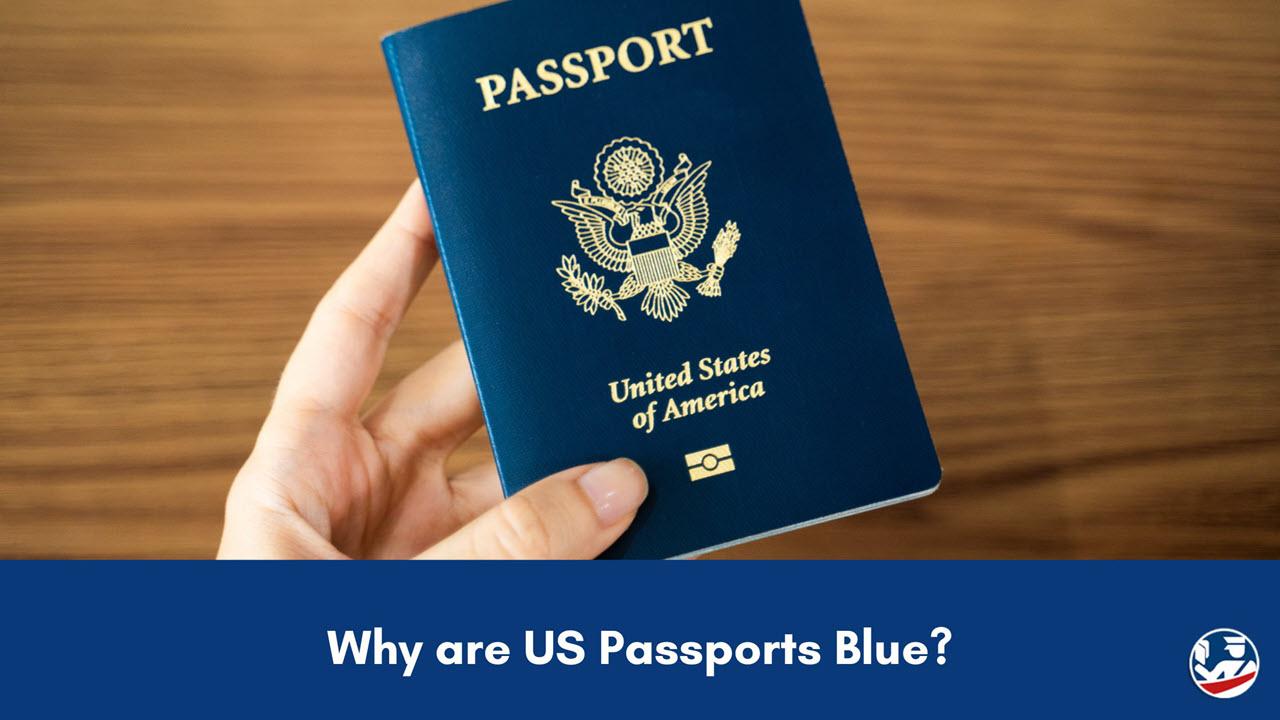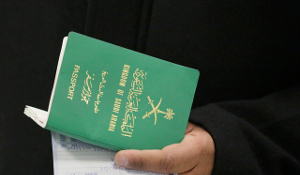
The blue color of U.S. passports reflects a deliberate design choice tied to national identity. Since 1961, standard U.S. passport covers have matched the deep blue of the star field in the American flag, symbolizing patriotism and unity. This decision, made by the U.S. Department of State, aligns with a global trend where countries often choose passport colors based on cultural or historical significance.
A Brief History of U.S. Passport Colors
The blue cover wasn't always the standard. Early American passports, issued from 1789 to 1917, were simple paper documents without covers. By 1918, the State Department introduced a booklet-style passport with a brown cloth cover for protection. In 1921, a green hardcover replaced the cloth, though its bulkiness drew criticism. A smaller, deep red passport debuted in 1926, lasting until 1941. During World War II, the "Type VI" design reverted to green, which persisted until 1960.
In 1961, the U.S. adopted the current blue cover for standard passports, paired with a more durable material to withstand travel wear. This shade has remained consistent, with one exception: the 1976 Bicentennial Passport, which featured silver foil embossing to celebrate America's 200th anniversary.
✈️ Need Your Passport Fast?
Traveling soon? Our trusted expedited service offers same day passport expediting at 15% off or choose Priority Service, their most popular option, for delivery in just 7–9 business days .
Special U.S. Passport Colors
Not all U.S. passports are blue. The State Department issues distinct colors for specific purposes:
- Diplomatic passports: Black, symbolizing authority and neutrality.
- Official passports: Maroon (previously reddish-brown), used by government officials on duty.
- Service passports: Gray, for contracted government workers.
These variations, established in 1961, remain in use today, as confirmed by the U.S. Department of State's official guidelines.
Passport Colors Around the World
 Globally, passport colors vary widely, as each nation has the freedom to choose. Common patterns include:
Globally, passport colors vary widely, as each nation has the freedom to choose. Common patterns include:
- Green: Favored by Islamic countries like Saudi Arabia, due to its religious significance.
- Red: Linked to communist history (e.g., Russia) or national flags (e.g., Japan).
- Blue: Popular among nations with maritime borders (e.g., Kenya) or blue-heavy flags (e.g., Australia).
- Black: Seen in some African nations (e.g., Botswana) and special-issue passports.
For a visual comparison, explore The Passport Index, which showcases passport designs from 199 countries.
Why Blue Endures for the U.S.
The blue U.S. passport has remained unchanged for over 60 years, reflecting both practicality and symbolism. Its durability suits frequent travelers, while its color ties it to the American flag, a subtle nod to national pride. Whether you're renewing your blue passport or curious about its history, understanding its evolution highlights its enduring role in American identity.
Need to update your passport? Visit our passport renewal guide for step-by-step instructions.
More Passport Facts & Information
2. How much does it cost to get a passport?
3. How many passports are issued each year?
4. What type of passports are there?
5. Where can you apply for a passport?
Top 5 Questions About Expedited Passport Couriers
2. What exactly does a passport expediter do?
3. Are passport expediting services legitimate?
4. How can I identify a reliable passport expeditor?
5. Is expedited passport service worth it?
Get answers to these questions and more in our Ultimate U.S. Traveler's Guide to Passport Expediters.
You can also visit our library of articles about passport expediting.


